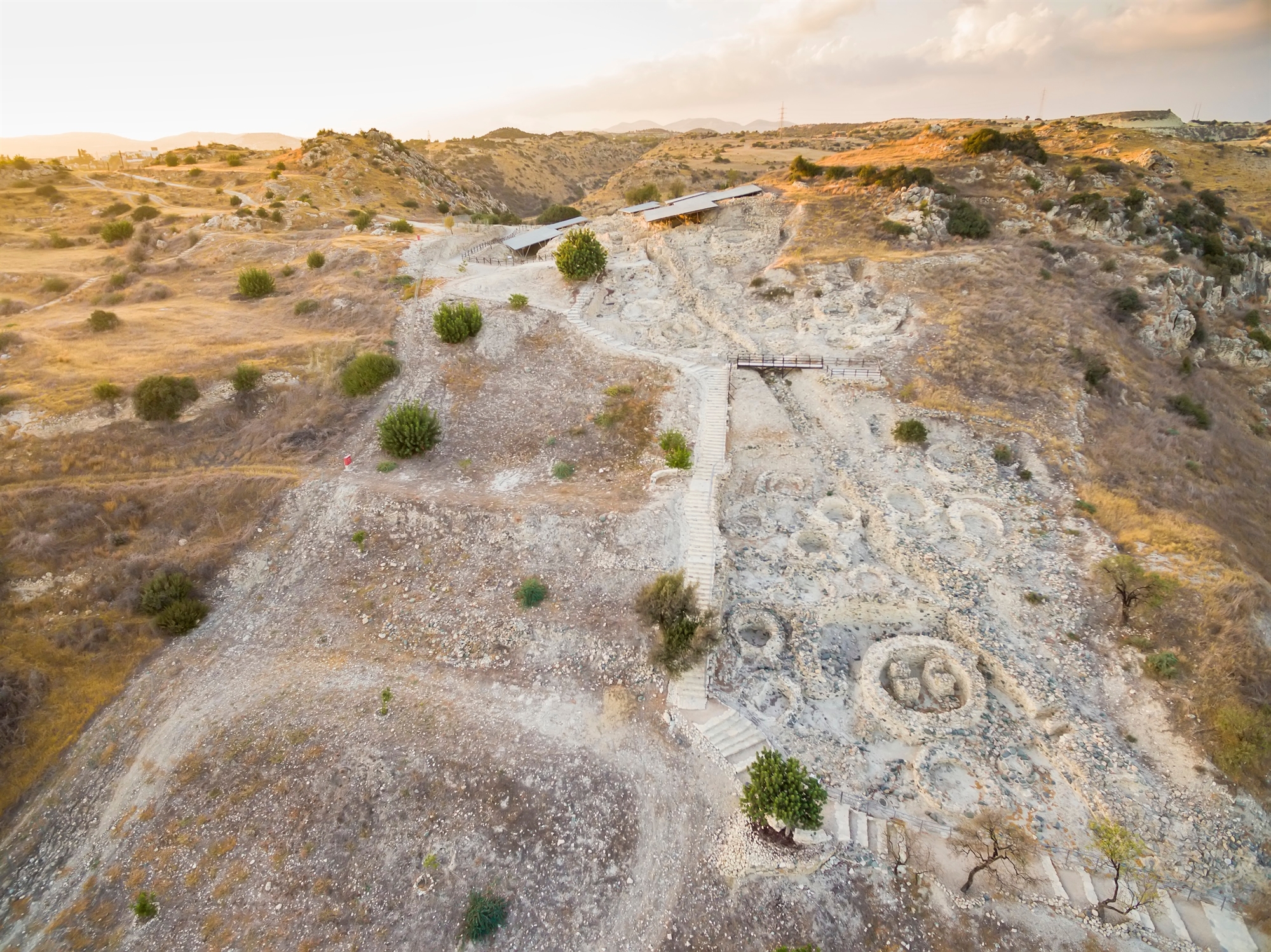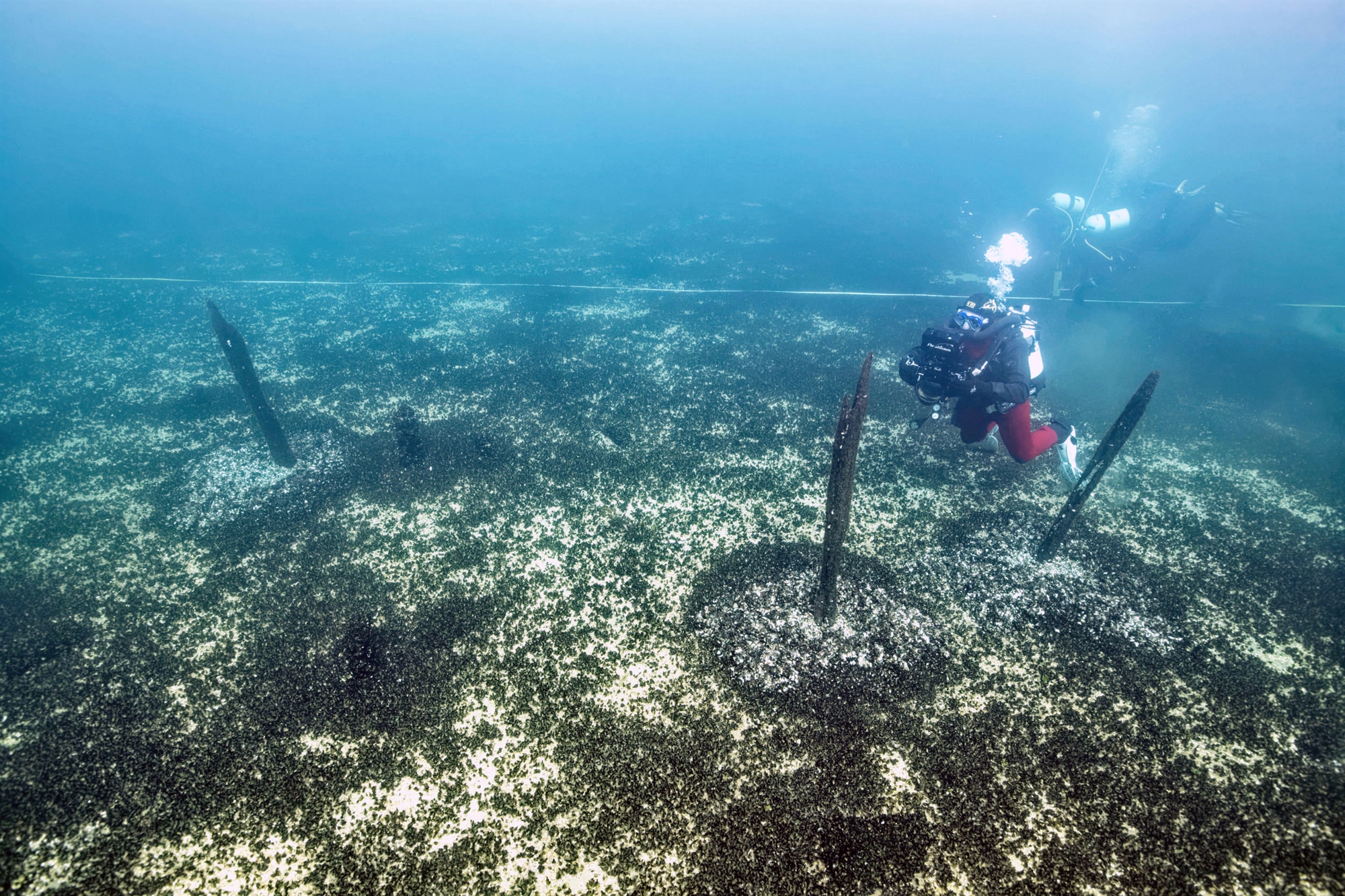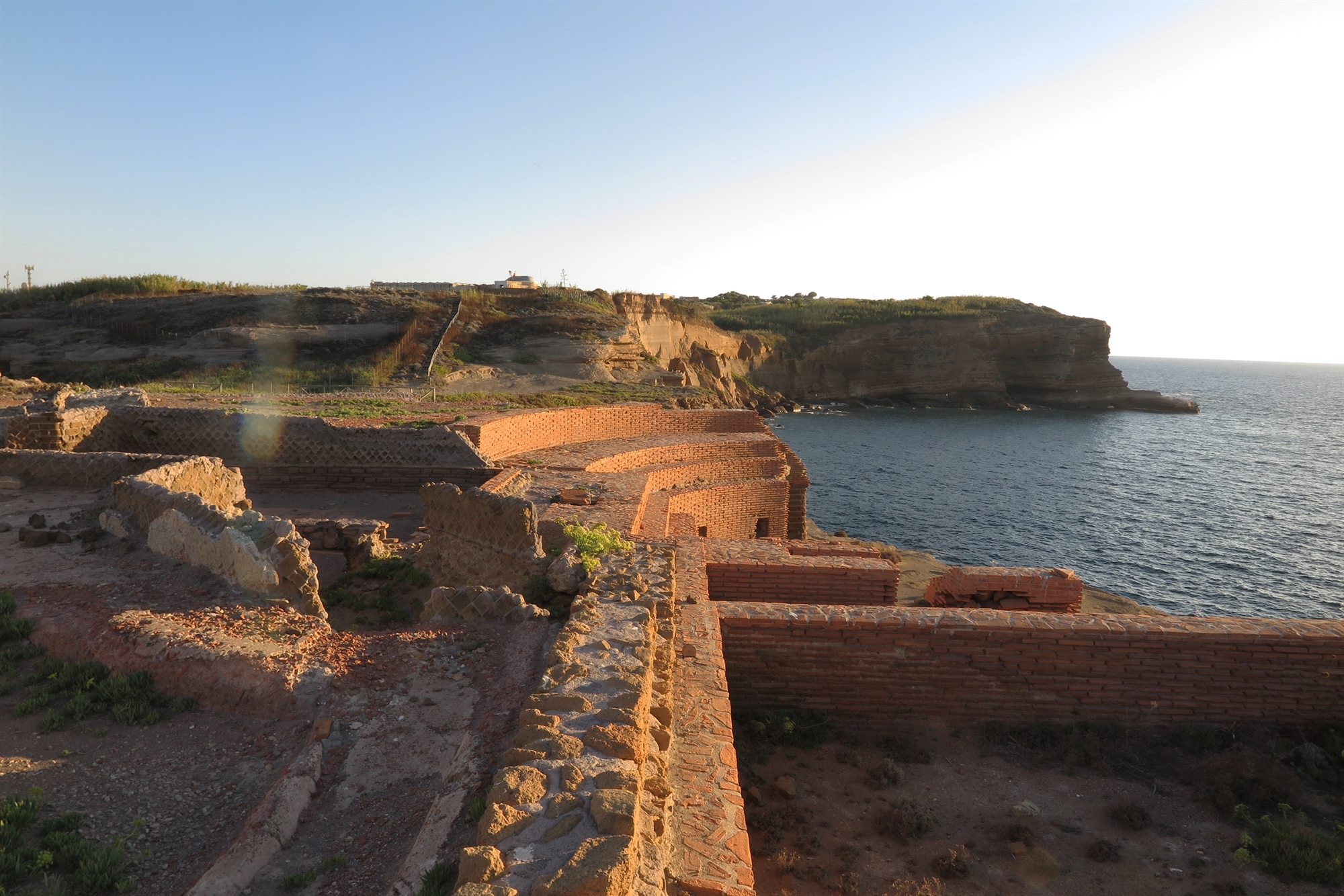
In 2022, the Old Continent experienced its second warmest year on record and its hottest summer, according to data released a few weeks ago by European climate change agency Copernicus. Scientists say that every fraction of a degree Celsius matters. The warmer our planet’s climate becomes, the more extreme weather events will occur, affecting people, ecosystems and World Heritage sites, which are also threatened by rapid changes caused by the greenhouse effect. It is not only about wear and tear, but also about their possible disappearance.
Their protection is relevant and the European Union seems to have understood this. It’s no coincidence that Horizon, its flagship research and innovation program, is fighting just that: the climate crisis and its aftermath by funding projects that build resilience and sustainably restore historic sites and monuments. Horizon recently joined the €6 million Triquetra program, in which major academic institutions and research centers such as the German Aerospace Center, the Federal Institute of Technology Zurich and the Sapienza University of Rome play an active role. Compared to the rest of the proposals, Triquetra actually received 15 points out of 15. The leader is the National Technical University of Athens with Professor Kostas Spirakos of the School of Civil Engineering. His close collaborators are Charalambos Ioannidis and Denis Istrati, also professors at NTUA. The Ministry of Culture is also involved.

Why Triquetra? “This is from the Latin word triquetrus, meaning triangular. We gave the program this name because our research concerns the impact on monuments of the three main components of life: air, land and water. Our microscope includes eight European monuments, in Greece, Italy, Poland, Germany, Switzerland, Cyprus, all from the UNESCO list. They cover a wide range of times, from prehistoric to Roman times. Some of them are above ground, while others are under water, fresh or salt water, and show great insight into structures (various types of stone, mortar and structure) and hazards, from soil erosion and landslides to ice,” explains Mr. Spirakos . “The sanctuary of Kalapodi in Phthiotis, for example, dates from the 14th century. BC, threatened by floods and ice. During the winter months, water enters the pores of the stones, freezes and, expanding, destroys them. In the ancient sunken city of Epidaurus, erosion from the sea is the biggest problem, given the pollution of the water in recent decades by various chemicals. Villa Giulia, the Roman villa of Augustus on the island of Ventotene in Italy, is dominated by winds and waves. The earth is retreating at an alarming rate, and in a few decades it will be swallowed up by the sea. The same is likely to happen in Colon on Aegina. Accordingly, the remains of prehistoric settlements, that is, the wooden piles on which houses stood, in lakes in Europe, such as Roseninsel (Rose Island) in Germany and Nessatel in Switzerland, are also threatened by erosion. In Cyprus, at the archaeological site of Choirokitia, geological phenomena threaten a Neolithic settlement. In addition, frequent rockfalls are also dangerous for visitors.”

triple goal
“We will even use space technology to record the damage done to the monuments,” says NTUA professor K. Spirakos.
The Triquetra program has three goals: first, it is a record of the current situation with the most modern means. “With the help of digital methods, photogrammetry, ultrasonic bathymetry, thermography, laboratory analyzes of water quality, satellite images and more. We will even have space technology at our disposal to fix the damage caused by the environment to eight monuments,” says Kostas Spirakos. The models will then be used to predict the changes that the climate crisis will cause in the future. And, finally, the necessary problem-solving methodology, innovative solutions and new materials will be developed, which will be produced “by eye” for each case. Valuable “toolkit”, that is, for the protection of monuments.
earthquakes
Mr. Spirakos’ experience in protecting buildings from earthquakes is vast. For a number of years he was director of the NTUA Antiseismic Technology Laboratory. He and his team also prepared an anti-seismic study of the Louvre Museum in Abu Dhabi by renowned French architect Jean Nouvel. In connection with the devastating earthquake in Turkey and the increased seismic activity in our country in recent months, I can only ask if the Enceladus parameter is included in the program.

“Yes, there is such an idea,” he replies. “Especially for our country, because an earthquake is the number 1 danger for our monuments. And I mean not only archaeological sites, but also our museums. Most of them are located in old and shabby buildings. During the 1999 earthquake, approximately 10% of the exhibits of the National Archaeological Museum were badly damaged or destroyed. In addition to what you see in the windows, this is also what is stored in warehouses. There is a technique that assesses the vulnerability of an object in the event of an earthquake. There are solutions. No money. The United Arab Emirates spent almost as much on the seismic protection of the Louvre in Abu Dhabi as on the construction of the building itself. And not only Greek museums are at risk from Richter. Pass under the “aged” bridge on the old road network, and you will understand what I mean … “.
Source: Kathimerini
Ashley Bailey is a talented author and journalist known for her writing on trending topics. Currently working at 247 news reel, she brings readers fresh perspectives on current issues. With her well-researched and thought-provoking articles, she captures the zeitgeist and stays ahead of the latest trends. Ashley’s writing is a must-read for anyone interested in staying up-to-date with the latest developments.